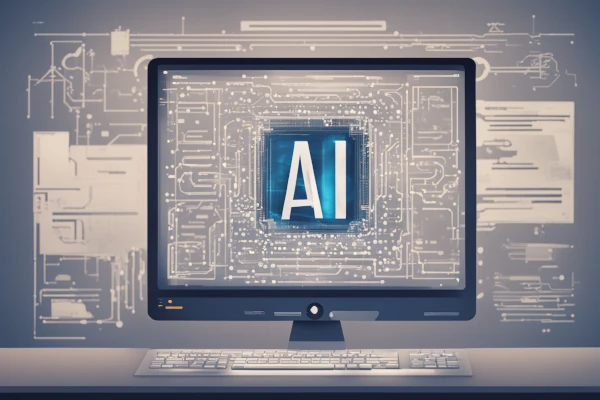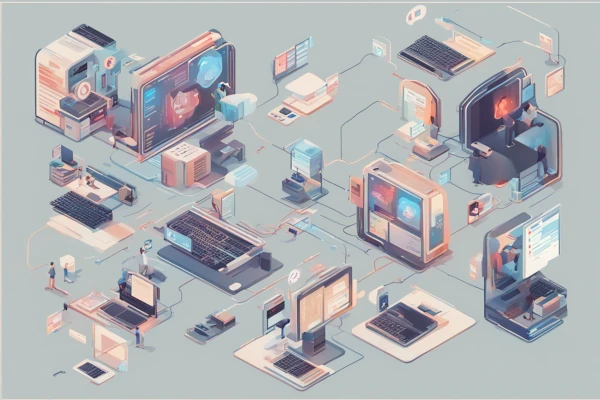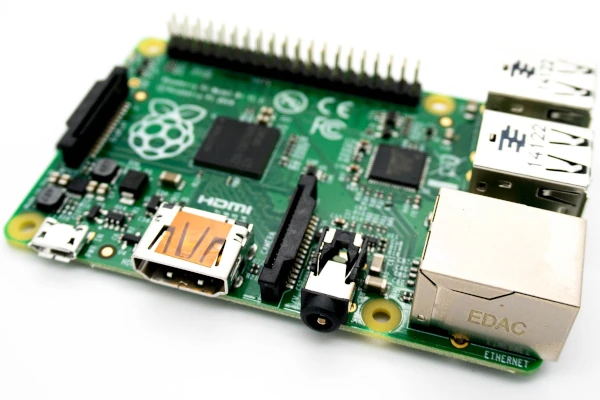Artificial intelligence (AI) was first mentioned by Alan Turing’s influential work, “Computing Machinery and Intelligence”, which was published in 1950. Turing was the “father of computer science”, asked the question, “can machines think?” Turing also determined the “Turing Test”, where a “human interrogator would try to distinguish between a computer and human text response.”
Later, Stuart Russell and Peter Norvig published, “Artificial Intelligence: A Modern Approach”, an authoritive textbook in the study of AI:
“In it, they delve into four potential goals or definitions of AI, which differentiates computer systems on the basis of rationality and thinking vs. acting”:
Human approach:
Systems that think like humans
Systems that act like humans
Ideal approach:
Systems that think rationally
Systems that act rationally
Which brings us to a working definition of AI:
“At its simplest form, artificial intelligence is a field, which combines computer science and robust datasets, to enable problem-solving. It also encompasses sub-fields of machine learning and deep learning, which are frequently mentioned in conjunction with artificial intelligence. These disciplines are comprised of AI algorithms which seek to create expert systems which make predictions or classifications based on input data.”
With an understanding of AI definitions in place, we must further delineate AI organization stages or waves and which AI stage is your organizations currently in?
The “big bang,” the first wave of AI computing began with the discovery of deep neural networks. Three factors contributed to this “big bang,” academic breakthroughs in deep learning, the widespread availability of big data, and the initial application of GPUs to accelerate deep learning development and training:
“Where computer scientists used to specify each AI instruction, algorithms can now write other algorithms, software can write software, and computers can learn on their own. This marked the beginning of the machine learning era.”
The second wave of AI computing was cloud adoption:
“Google, for example, applied deep learning to natural language processing to offer Google Translate. Facebook applied AI to identify consumer goods from images to make them shoppable. Through these types of cloud applications, Google, Amazon and Microsoft introduced many of AI’s first real-world applications.”
With infrastructure-as-a-service platforms, large tech companies unleashed the power of public clouds for enterprises and startups eventually resulting “in companies of all sizes rely on the cloud to get started with AI quickly and affordably. It offers an easy onramp for companies to deploy AI, allowing them to focus on developing and training models, instead of building underlying infrastructure.”
The third wave of AI computing involves large enterprises utilizing technology to improve the quality, safety and efficiency of their workflows. Two examples of this are conversational AI chatbots enhance call centers, and detect fraud and computer vision a virtual assistant for mechanics, doctors and pilots to make accurate decisions based on provided information.
The fourth wave of AI computing moves AI from the cloud or data center to the edge, to places like factories, hospitals, airports, stores, restaurants and power grids:
“The advent of 5G is furthering the ability for edge computing devices to be deployed and managed anywhere. It’s created an explosive opportunity for AI to transform workplaces and for enterprises to realize the value of data from their end users.”
Autonomy is the fifth wave of AI. Which makes sense since this was the original goal of AI all along:
“The evolution of AI to the point where AI navigates mobile machinery without human intervention. Cars, trucks, ships, planes, drones and other robots will operate without human piloting. For this to unfold, the network connectivity of 5G, the power of accelerated computing, and continued innovation in the capabilities of neural networks are necessary.”
Autonomous AI requires a robotic AI interaction and requires machine learning engineers to collaborate with robotics engineers:
“Together, they work to fulfill the four pillars of a robotics system workflow: collecting and generating ground-truth data, creating the AI model, simulating with a digital twin and operating the robot in the real world.”
Full coordination across teams in engineering, operations, manufacturing, networking, security and compliance is essential for deployment, management and security considerations related to AI.




